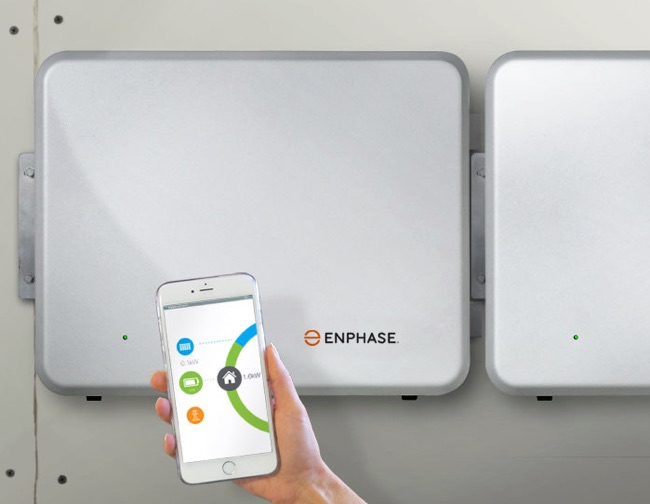
The Enphase AC battery. image: Enphase
Until now, if you have been one of the highly intelligent and undoubtedly good looking people with a grid connect solar system and you wanted to add batteries, you were looking at spending at least $10,000.
But that will no longer be the case in August when the teeny tiny $2,000 Enphase AC Battery becomes available in Australia. [Read more…]

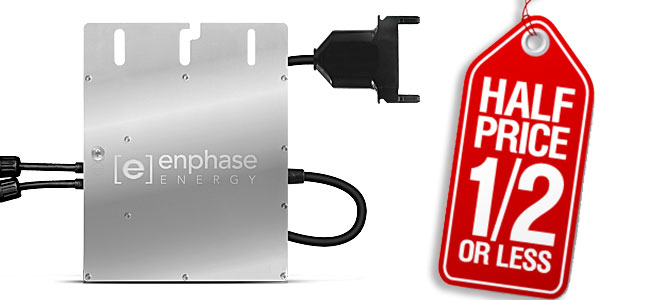 When it comes to Australian solar installations, conventional
When it comes to Australian solar installations, conventional 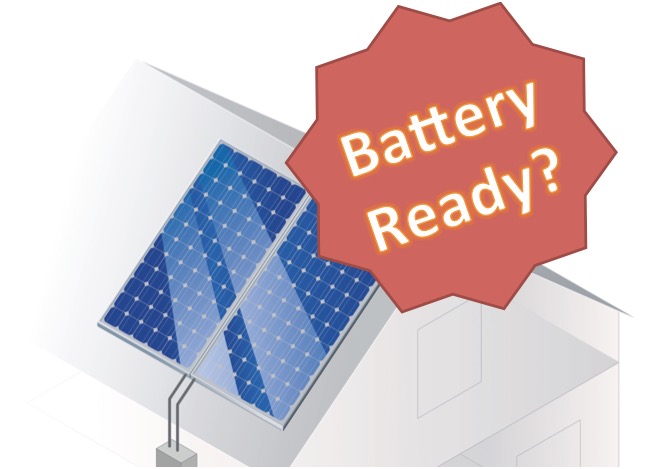
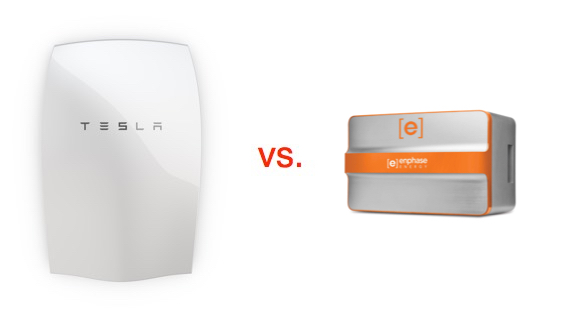
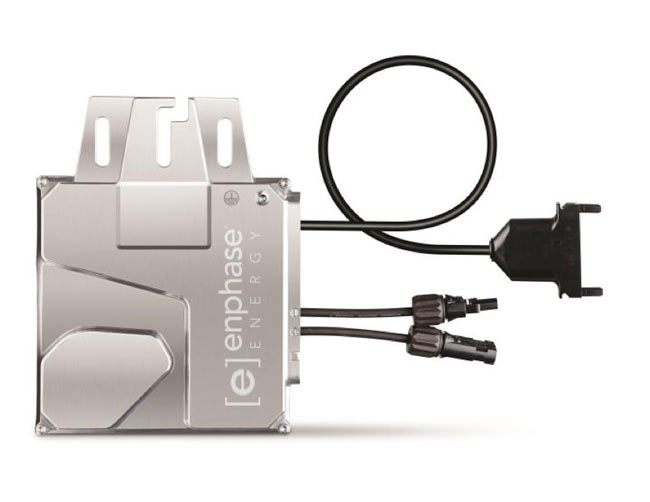


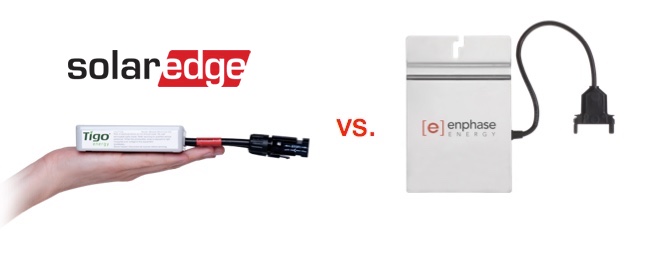

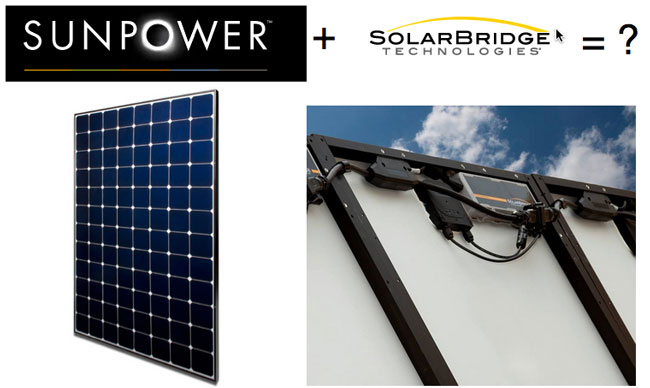
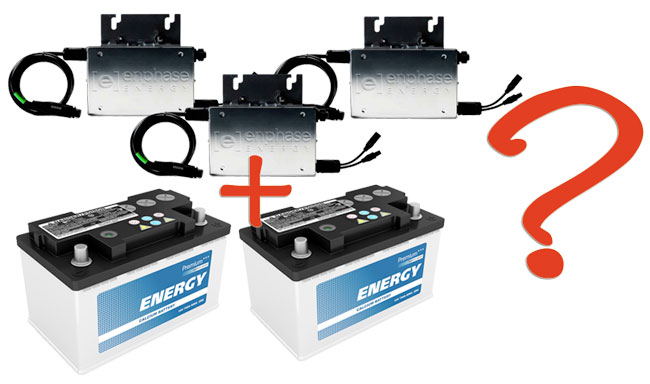
 RSS - Posts
RSS - Posts



Currently Raging Debates: